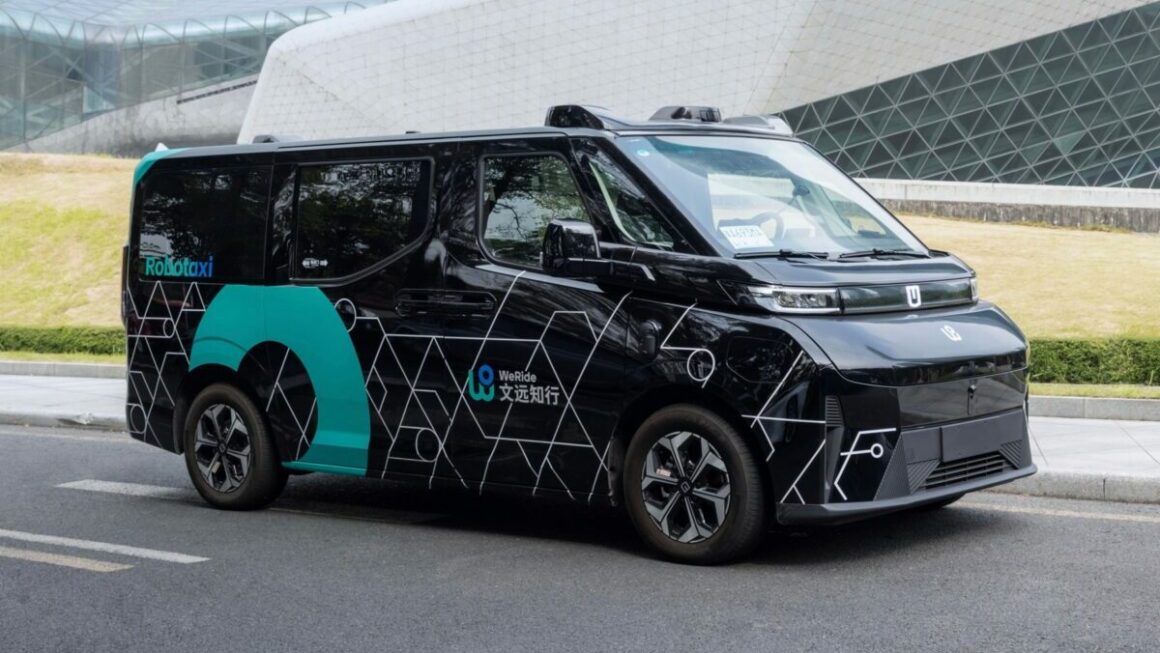Uber Quietly Reboots Its Driverless Ambitions
After years of setbacks, Uber appears to be reviving its robotaxi program, and this time, it’s serious. The ride-hailing giant is reportedly in talks with major banks and private equity firms to raise a new round of funding—specifically to develop and deploy a full-fledged autonomous ride network.
This pivot comes after Uber sold its original self-driving unit, Advanced Technologies Group (ATG), to Aurora in 2020. But the recent boom in AI innovation and a growing push toward EV fleets has reignited Uber’s interest in robotaxis.
Why the Investment Now?
Uber’s renewed interest comes as rivals like Waymo and Cruise make headlines with real-world robotaxi deployments. To stay competitive, Uber likely needs:
- Funding for R&D partnerships with AI hardware and software companies.
- Fleet investments into custom-designed autonomous EVs.
- Infrastructure support for charging, servicing, and maintaining robotaxis.
By bringing in private equity and banking partners, Uber seems to be hedging risk while speeding up innovation—a smart move as the autonomous transportation race intensifies.
The Road Ahead for Uber
If the funding goes through, this could mark a turning point in Uber’s long-term vision—moving away from driver-reliant rides and toward AI-powered fleets.
However, challenges remain: regulatory hurdles, safety concerns, and public trust in robotaxis are still evolving. But with Uber’s brand recognition and user base, it’s well-positioned to scale faster than newcomers—especially if it locks in capital now.
Final Thoughts
Both stories—Apple’s potential $100B domestic investment and Uber’s robotaxi funding—highlight a growing theme in U.S. tech: the reshaping of physical infrastructure to support digital ambitions.

